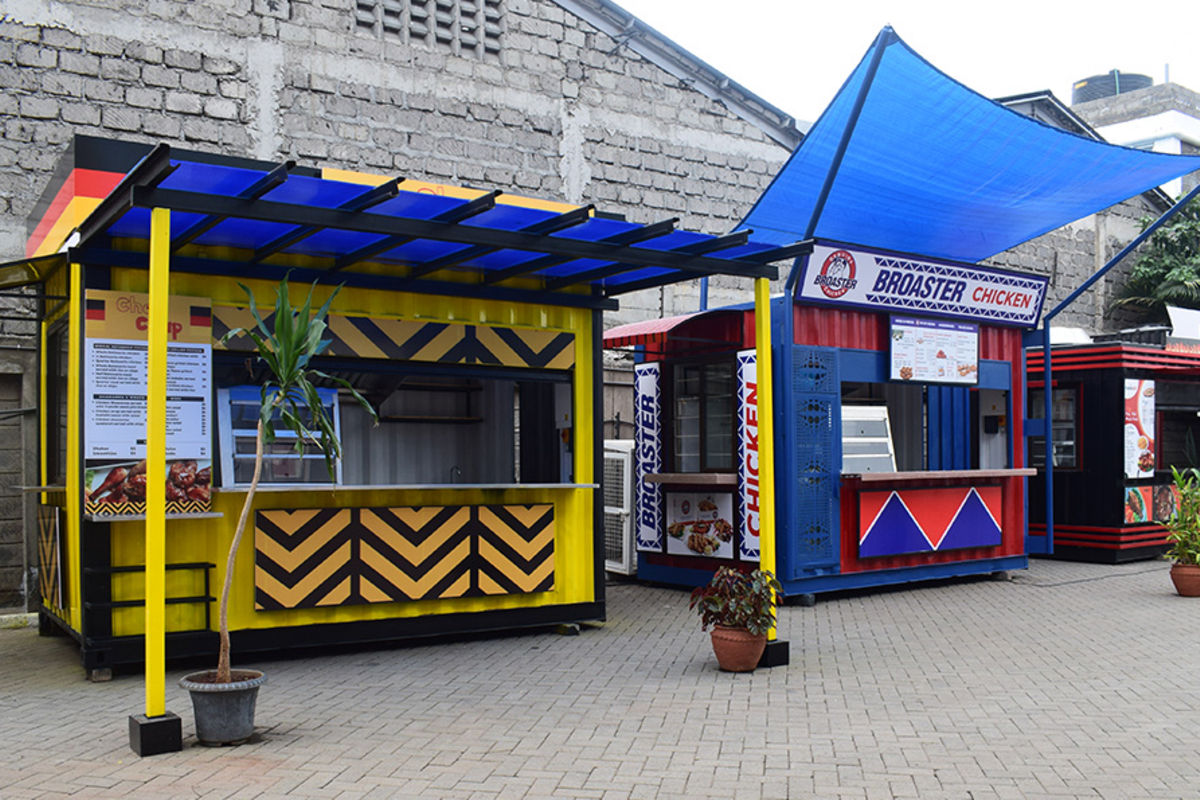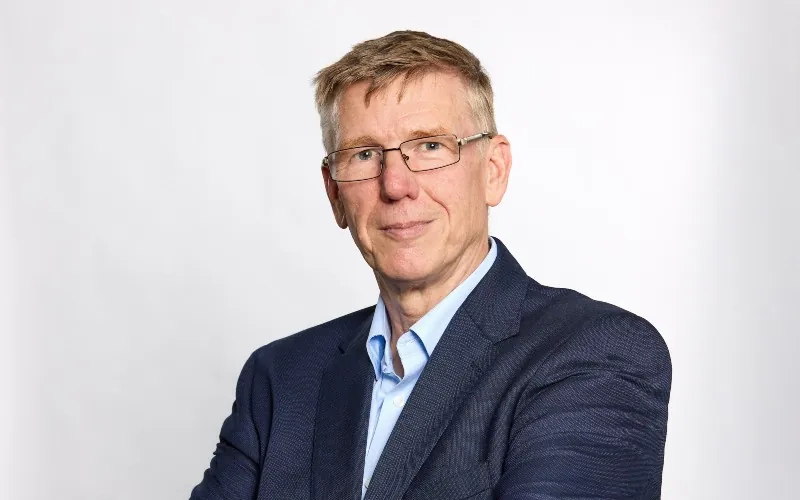Minister Ramokgopa claims ‘major victories’ on load shedding relief, pollution exemption and wage hikes

Barring any unexpected breakdowns, Eskom is not expecting to implement high levels of rolling blackouts in the week starting 26 June, officials said during a briefing on the country’s power crisis on Sunday.
Eskom generation executive Eric Shunmagum said the power utility would likely implement only Stage 3 load shedding from 4pm to the next morning over the coming week.
“We did have a few big units at Medupi [Power Station] that tripped that may put this at risk, based on the demand tomorrow,” he said at the National Energy Crisis Committee (Necom) briefing.
There is a potential for Stage 1 and Stage 4 load shedding. “At this stage, we are seeing improved performance coming from some of the previous stations that were not performing, specifically Camden, Tutuka, Arnot, Duvha and Kendal, which have upped their game,” he said.
Two major victories
Electricity Minister Kgosientsho Ramokgopa said the signing of the three-year deal for 7% wage hikes annually was a major victory. “That is significant because we have been making the point that one of the things that we have identified as an area that requires extensive and urgent attention to resolve the energy crisis in the country is to ensure that we address the issues of workers’ grievances,” he said. The workforce had not received any significant incentives over a period, which was reflected in their performance, he said.
Read more in Daily Maverick: Eskom, unions sign a three-year deal for 7% wage hikes annually
A second victory is Eskom being granted a pollution exemption to run three of Kusile’s units without flue gas desulphurisation technology, which is used to reduce sulphur dioxide emissions. The exemption allows Eskom to return the units into operation earlier, adding 2,400MW of capacity, which equates to two and a half stages of blackouts.
“We want to say to the country and people in those localities that Eskom will do everything possible to ensure that we minimise the impact of sulphur dioxide that gets to be emitted into the environment,” Ramokgopa said.
He said that although Eskom had been exempted, the power utility was meeting all its emissions parameters, excluding the ones for sulphur dioxide.
Consistent performance
There has been a consistent performance of Eskom units and significant improvement when it came to blackouts.
During the week of 19 June to 23 June, the capacity available was 29,288MW, compared with 28,889MW from the week before. “That is significant, because it is an illustration of consistent improvement,” Ramokgopa said.
Improved performance of units provided an opportunity to execute planned maintenance, he said.
“The more you have the units performing and being consistent, it gives us breathing space to execute planned maintenance and these results will be seen over a period of time,” he said.
Ramokgopa said the issue of outage slips required attention. Outage slips occur when technicians fail to bring power station units
“Outage slips really speak to our inability to meet the promise to return the units at the time that we had said we would be in a position to return these units,” he said. During the week of 19 June to 23 June, the outage slip was 1,887MW, compared with 1,806MW from the week before.
Potential pitfalls
Ramokgopa said that his recent visit to Vietnam indicated that there were potential pitfalls to introducing solar power hastily.
“You should be very careful about the rate at which you are introducing new generation capacity from solar because that has got the capacity to also collapse the grid,” he said.
On the right track
The target of reducing demand by 1,000MW in the next six months remains on track, the minister said.
The Cabinet has called on South Africans to use electricity sparingly as part of Eskom’s demand side management (DSM) initiatives, especially from 5pm to 9pm. The reduction of 1,000MW is equivalent to one stage of blackouts.
DSM is seen as a tool that could help the power utility to reduce load shedding.
Ramokgopa said the Interim Grid Capacity Allocation Rules were a significant step. “These rules will be implemented in parallel to their incorporation into the grid core by Nersa [the National Energy Regulator of South Africa], a significant development that is also going to help us,” he said. The new rules were introduced in an effort to stop the “hogging” of grid capacity.
A one-stop shop for energy projects is also being established, he said. “This will be launched in July 2023, once the necessary capacity and systems are in place.”
Regarding the omnibus energy bill, Ramokgopa said the department had solicited “legal support and expertise to help us to fast-track that process to support the work we are doing in Necom and also the development of the bill to streamline the regulatory framework for renewable energy projects and transition infrastructure”.
The bill will give Eskom expropriation powers and will also enable appeals against environmental decisions.
Stage 3 implemented
Stage 3 load shedding was implemented from 4pm until midnight on Sunday and blackouts would be suspended from midnight until 4pm on Monday. This pattern will continue daily throughout the week until further notice, Eskom said.
“Breakdowns currently amount to 16,524MW of generating capacity while the generating capacity out of service for planned maintenance is 4,376MW,” it said.
Over the weekend, a generating unit each at Hendrina, Kriel and Medupi power stations was returned to service, but a generation unit each at Arnot and Medupi power stations was taken out of service because of breakdowns.
“The delays in returning to service a generating unit each at Grootvlei, Hendrina and Tutuka power stations are contributing to the current capacity constraints,” it said. DM
![]()












